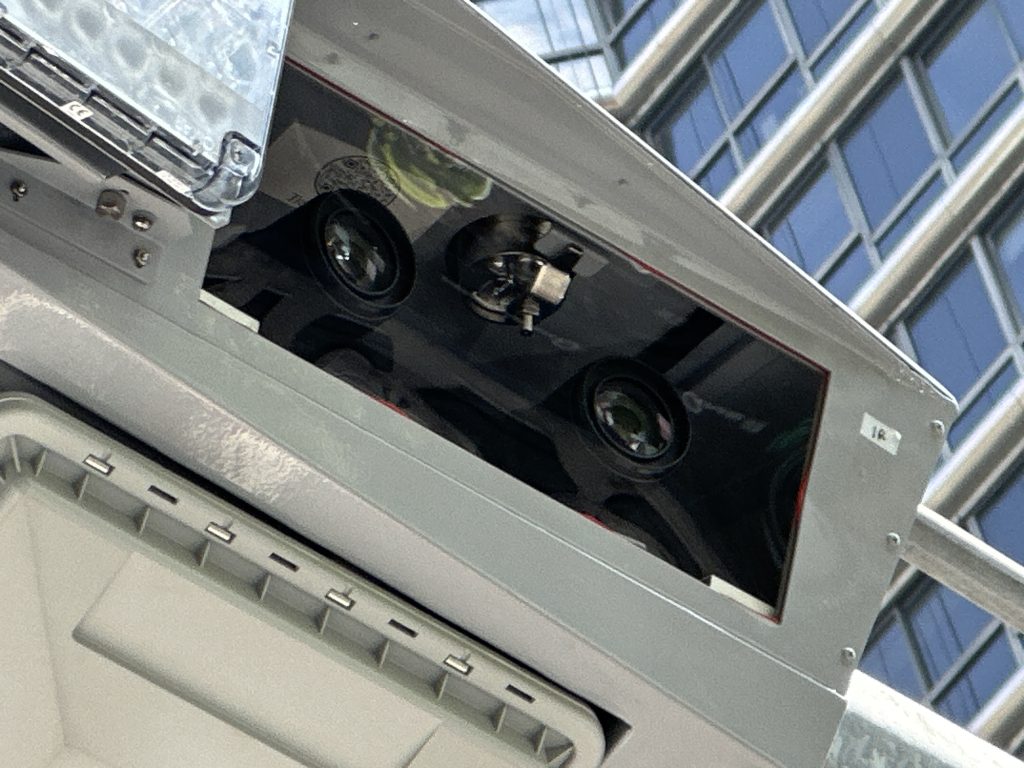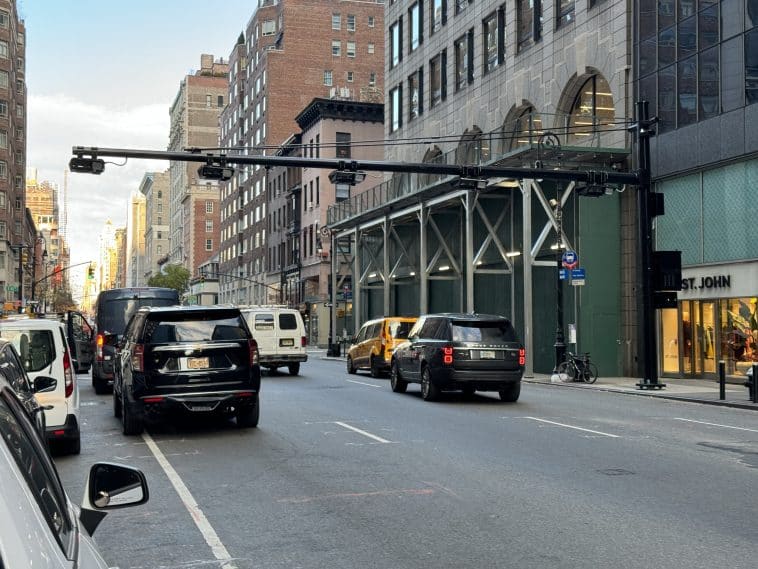Thousands of disabled New Yorkers who rely on cars to lead a full and accessible life have been left behind by the Metropolitan Transportation Authority’s new recommendation for implementing congestion pricing, released Thursday, which will soon burden drivers with a $15 toll to travel below 60th Street in Manhattan, geared to funnel cash to the perpetually fiscally-mismanaged transit agency.
The recommendation, handed down by the Traffic Mobility Review Board — a six-person panel created to adjudicate congestion pricing — urges that a once-a-day toll of $15 be levied at passenger and commercial cars entering Manhattan’s Central Business District between the hours of 5:00 am and 9:00 pm on weekdays, and 9:00 am to 9:00 pm on the weekends. Higher charges will be paid by trucks and busses, with all tolls lowered by 75% at night.

While significant exemptions and discounts have been given to taxis and for-hire vehicles like Uber — with $1.25 and $2.50 added to fares, respectively — cars driven by or carrying disabled people are left in limbo with vague language and non-committal suggestions, which a local expert says will have devastating consequences.
“How are you going to put a toll on disabled people? That’s just unconscionable and absolutely disgusting,” disability advocate and former New York City Council candidate Rebecca Lamorte told Upper East Site. She believes there must be a clear-cut exemption for people with disabilities.
Disabled herself after a subway accident 10 years ago, the Upper East Sider continued, “But unfortunately for us in the disability community, it’s expected because when we don’t have a seat at the table, we’re on the menu, and no one on the Traffic Mobility Review Board is disabled, to my knowledge.”

The TMRB writes in its recommendation report that, “Specialized government vehicles should be exempted… (in addition to emergency vehicles and vehicles transporting people with disabilities, as required by law),” but fails to define these vehicles or even disability itself.
The exemption “should include vehicles with government-issued disability license plates and vehicles owned or operated by organizations that provide transportation to people with disabilities,” but the report does not confirm this will actually happen.
ALSO READ | MTA Nixes Longtime Bus Stop Near UES Trader Joe’s
Obtaining a disability license plate is notoriously difficult, Lamorte said, as those seeking one must go through doctor’s visits and onerous red tape only for the government to often reject the claim because it doesn’t believe the person is disabled or disabled enough.
In another section, the report details that no exemption was recommended for those entering the CBD for medical appointments, as “several programs exist today that already offer free or discounted transportation” for such needs.

Listed are Medicaid and Medicare Advantage-funded programs, which exclude those ineligible or too young, and Access-A-Ride, which is plagued by untimely service and unpredictable routes, according to a class action lawsuit filed this year by disabled New Yorkers against the MTA.
Starting next spring, disabled people will have to pay every time they enter the CBD, defined as the area of Manhattan “south and inclusive 60th Street, but excluding the FDR Drive, the West Side Highway, and any surface roadway portion of the Hugh L. Carey Tunnel connecting to West Street.”
Because of the lack of accessibility in NYC’s subway system — only 123 out of 472 stations have even one elevator — many disabled people rely on cars to travel the city, including, often, Lamorte.

While the report expands on the plan’s perceived ability to lessen traffic and thus air pollution, the congestion pricing toll is expected to raise $1 billion for the MTA to use as collateral for a $15 billion loan, which will fund infrastructure improvements, sustainability efforts, and more elevator installations. However, in its desire to make the subway system more accessible for disabled riders, the TMRB and the MTA are making those very customers pay for it.
“A $15 fee to go to your doctor, a $15 fee to go see your family, to go out and enjoy the city that you call home is a financial barrier for many disabled people,” Lamorte said, adding that government disability benefits limit how much one can earn, and disabled people are often paid below the minimum wage.
Though there is a carveout for low-income drivers, it requires them to “qualify and register” with the MTA, and only affords them “a 50% discount on the daytime auto toll after the first 10 trips made by that vehicle in a calendar month,” according to the report. This would mean first paying $150 before the toll drops to $7.50 for the remaining trips in that month, before starting again.

“We won’t be able to live as full a life as we want to,” Lamorte said. “We will have to make decisions based on finances because of congestion pricing, for what we do and where we go.”
Lamorte believes that though there is no perfect solution, the first step the TMRB can take is to add a disabled person to its ranks, and include them in all decision-making.
ALSO READ | Roaches Infest MTA Buses on UES Routes, Passenger Says
Next, in order to gain a fuller understanding of the needs of disabled New Yorkers, the MTA should bring together a group of disabled people to design the exemption. “Talk to us. Listen to us. Hear us.”
The TMRB’s recommendations have not yet been voted on, and there will be public hearings in February for concerned New Yorkers to share their thoughts. Lamorte testified in the last round of hearings, and plans to do so again.

“I have a seat at the table. I have a voice out there,” she said, referencing her steady employment and the financial privilege it affords her. “What about people that don’t have that? The MTA is once again ignoring those people, it’s ignoring the economic issues.”
“The economic injustice, it’s going to further continue for people with disabilities in New York.”








